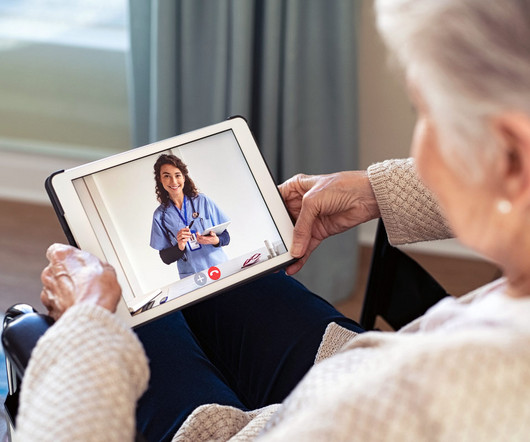Why Telemedicine Must Play a Central Role in Solving the Nursing Staffing Shortage
Daily Nurse
SEPTEMBER 19, 2023
In addition, some nursing stations in the virtual care center (such as Critical Care ICU) are connected to telemetry feeds and other data streams to enable off-site nurses to watch patients and their vital signs continuously.













Let's personalize your content